T-34/85 Burnt Plate type roadwheel set- 5 wheel included (for T-34/85 kit 1/35)
17,10€
Only 1 left in stock

*Please check our Privacy Policies to see how to we use your personal data.
*Por favor revisa nuestra Política de Privacidad para ver como tratamos tus datos personales
ENGLISH
ESPAÑOL
- T-34/85 Burnt Roadwheel set (1) for 1/35 T-34/85 tank kit
- Fine detail resin burnt roadwheels
- Can make 5 Roadwheels
- Total 15 resin parts
- Juego de ruedas quemadas T-34/85 (1) para kit de tanque 1/35 T-34/85
- Ruedas de carretera quemadas de resina con gran detalle
- Se pueden hacer 5 ruedas de carretera
- Total 15 piezas de resina




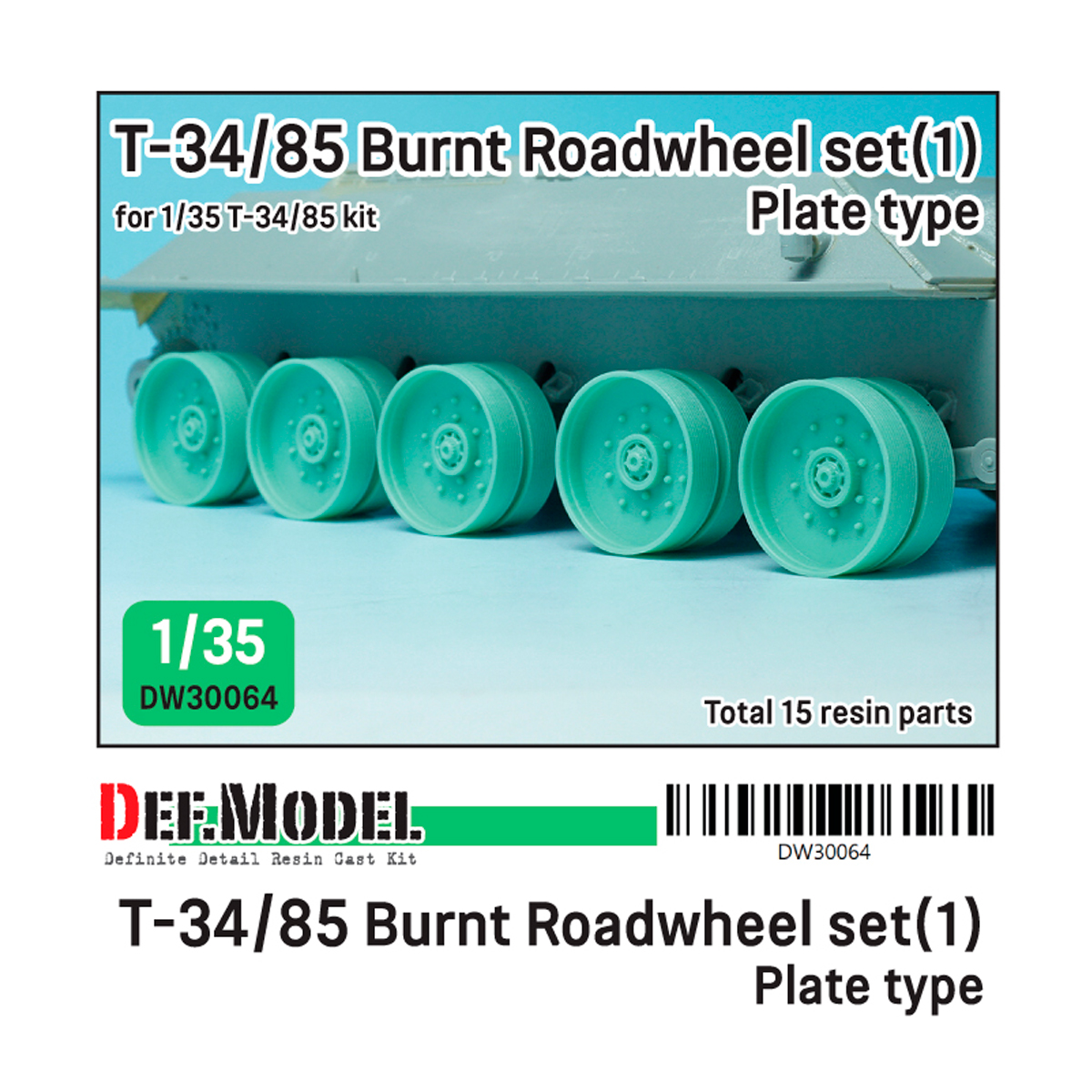
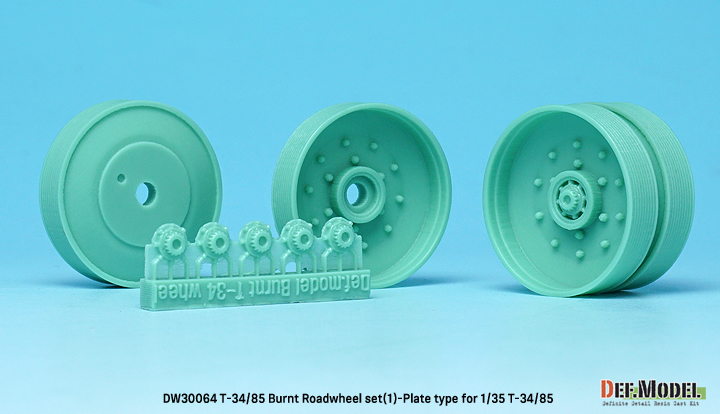
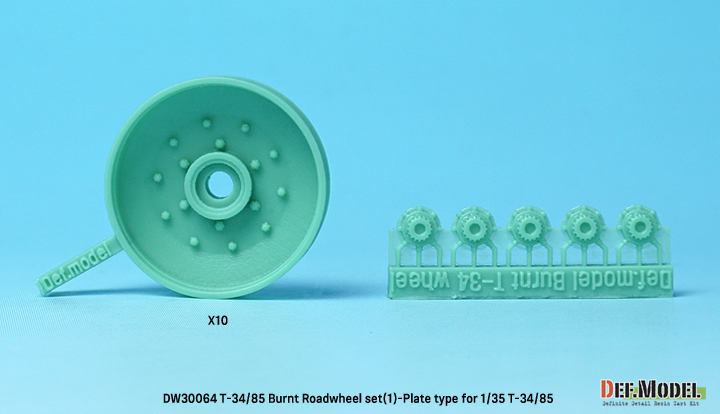
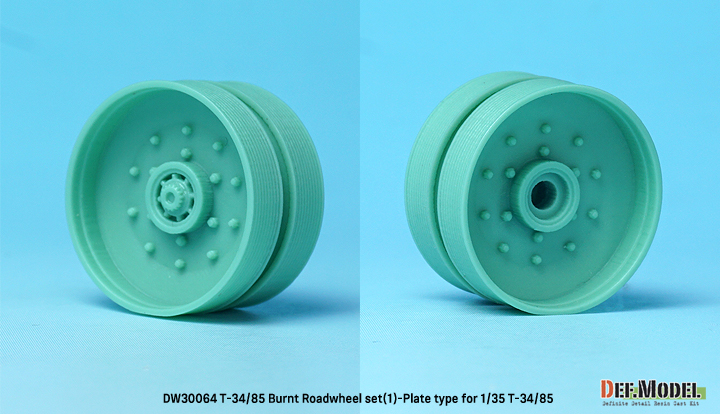
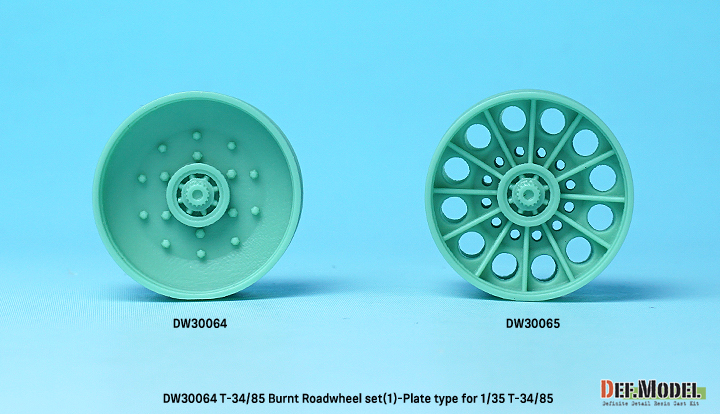
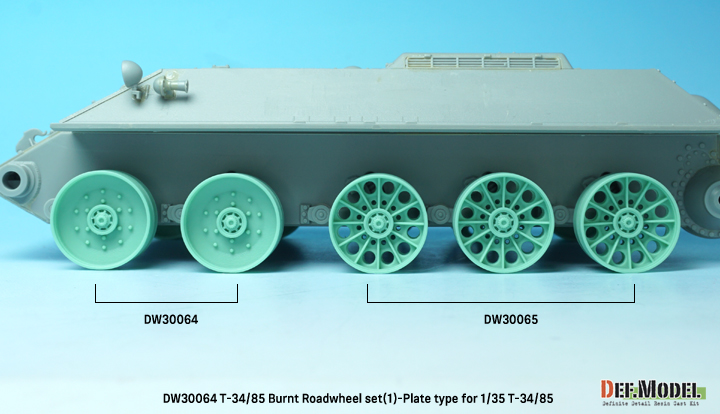
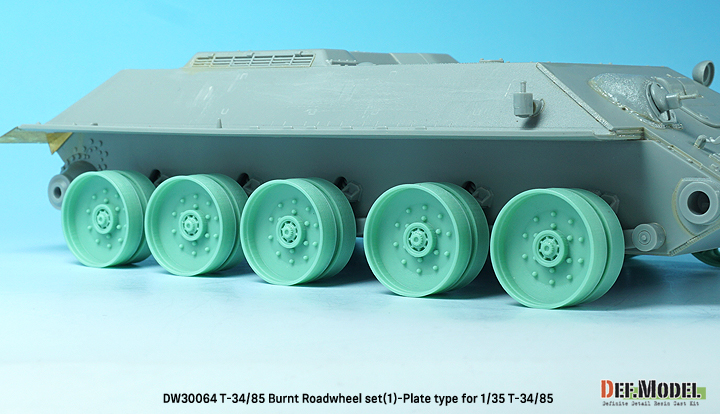
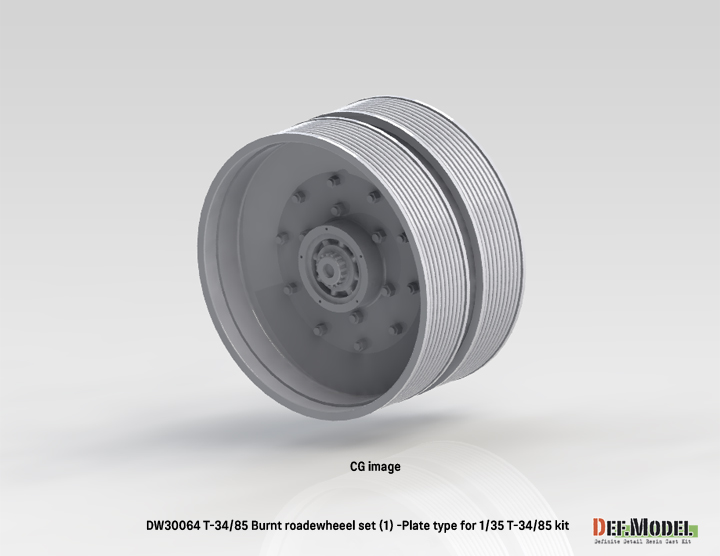
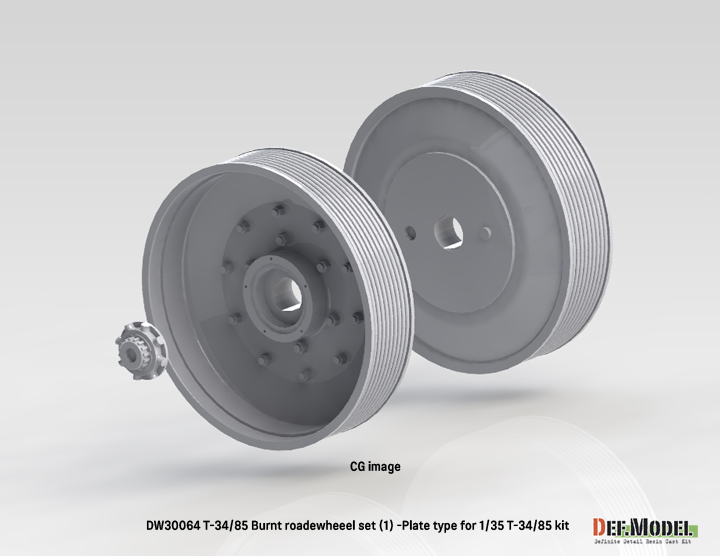
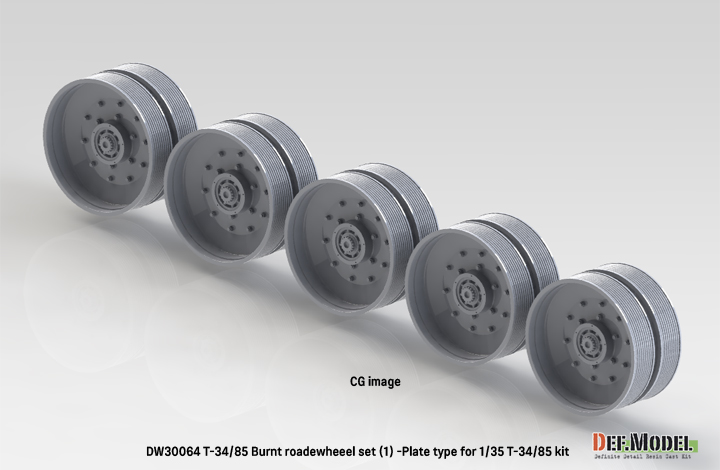
 Request of SDS product data file / Product security
Request of SDS product data file / Product security